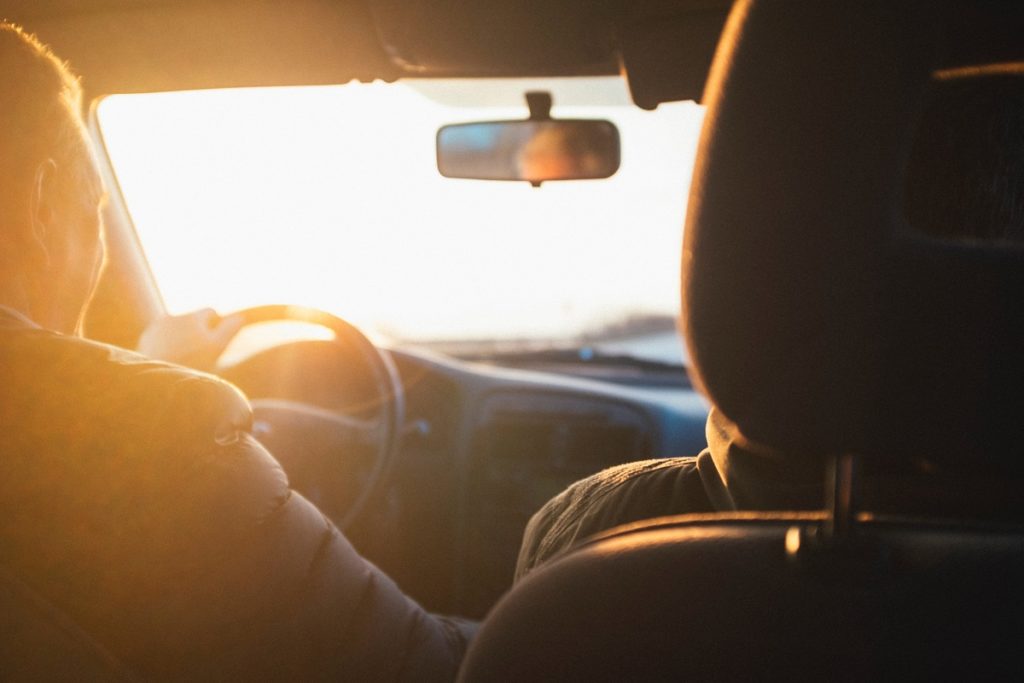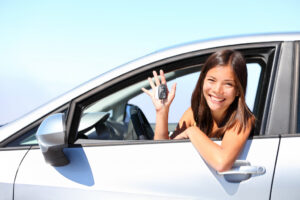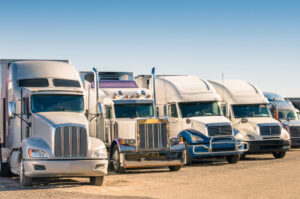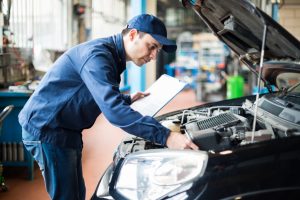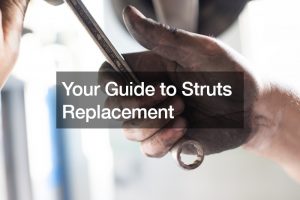Wherever you or whatever your destination is, there will always be hazards when driving on the road. As such, it’s important that all drivers practice safe driving, and follow the traffic laws put in place for their protection.
You may find, however, that there are certain road hazards that appear more frequently during the summer, increasing the risk of harming yourself, injuring your passengers or pedestrians, or damaging your vehicle. Here are five of these hazards to take note of and what to do to avoid them.
UV Exposure
The average American with a driver’s license spends 55 minutes per day behind the wheel. Even if your car’s windows and windshield have a layer of tint over them, it’s not going to stop UV rays from penetrating unless your tint is specifically designed for UV rays.
This increases the risk of skin damage, premature skin aging, or even skin cancer. In fact, a 2012 study found that skin cancer was more frequent on the left side of an American driver’s body. The study linked it to the fact that, when driving, a driver’s left arm was more exposed to UV rays because of their window.
For those who are at risk of skin cancer, it may be prudent to reduce driving on particularly hot days. Another alternative is that you can have your windows tinted with UV tint. It won’t completely block UV rays (only between 80 to 97 percent, depending on the type of radiation), but it can reduce the amount of UV you’re exposing to your skin.
More Children on the Streets

With school not in session, there will definitely be more children playing on the streets in residential zones. Globally, road traffic injuries are the leading cause of deaths for kids aged 10 to 19 years old; the World Health Organization estimates that it will be the fifth leading cause of death worldwide by 2030. And between 2010 and 2014, an average of 11 children per week die in motor vehicle accidents in the United States.
To avoid getting into a car accident, it’s best to lower your speed in residential areas – the same thing one would do when passing through a school zone. Reduce your speed to around 15 to 25 mph. Even if children are playing in their yards, it’s best to exercise precaution.
Student Drivers and Teenage Drivers
The minimum driving ages for those with Learner’s Permits and Drivers’ Licenses vary between states, but during the summer there are more teenage drivers and student drivers on the road. This is because teenagers are either going to their summer jobs, traveling with friends, or earning their driver’s license instead of going to school.
While student drivers have driving instructors to help guide them on the road, it’s the young and inexperienced drivers you might want to look out for. The Children’s Hospital of Philadelphia Research Institute found that newly licensed teenagers often fail to expect driving hazards to themselves and the vehicles around them.
It’s impossible to check each car on the road to see which one is a newly licensed driver. So, what you can do is to practice safe driving. Keep your distance with every car, be cautious, and be prepared to perform defensive driving in case the worst happens.
Overheating Engine
The hot weather can take a toll on your car, especially your engine. While your vehicle has a cooling system that can prevent your engine from overheating, sometimes a combination of high temperatures, long trips, hot pavement, and heavy loads can outweigh your vehicle’s cooling system. If your engine gets too hot, it can slowly sustain damage, which may require you to replace it earlier than you normally should.
When on the road and especially during long trips, keep an eye on your vehicle’s temperature gauge. If you notice that it’s starting to get very hot, pull over into a shaded area and shut off the engine for a while. Wait for the vehicle to cool down before adding more coolant.
Summer Weather

Summers bring heavy rainfall and glaring sun, both of which can cause damage to your car and can be dangerous when driving on the road. During heavy rains, visibility can be an issue especially if you’re driving at night. Rain can also reduce the friction on the road and make it more slippery, making it difficult for drivers to brake hard during emergencies.
If it’s necessary for you to drive during heavy rains, avoid driving too fast or hitting the maximum speed limit of the road. Drive slower if you feel like your visibility is compromised or braking may be difficult in the rain. Avoid driving in the rain with the hazard lights on, as it can be confusing to other drivers and can cause accidents.
Regardless of the season, it’s important to practice safe driving. But during the summer, be more cautious about these driving hazards that are more likely to be more common over the next few months.

